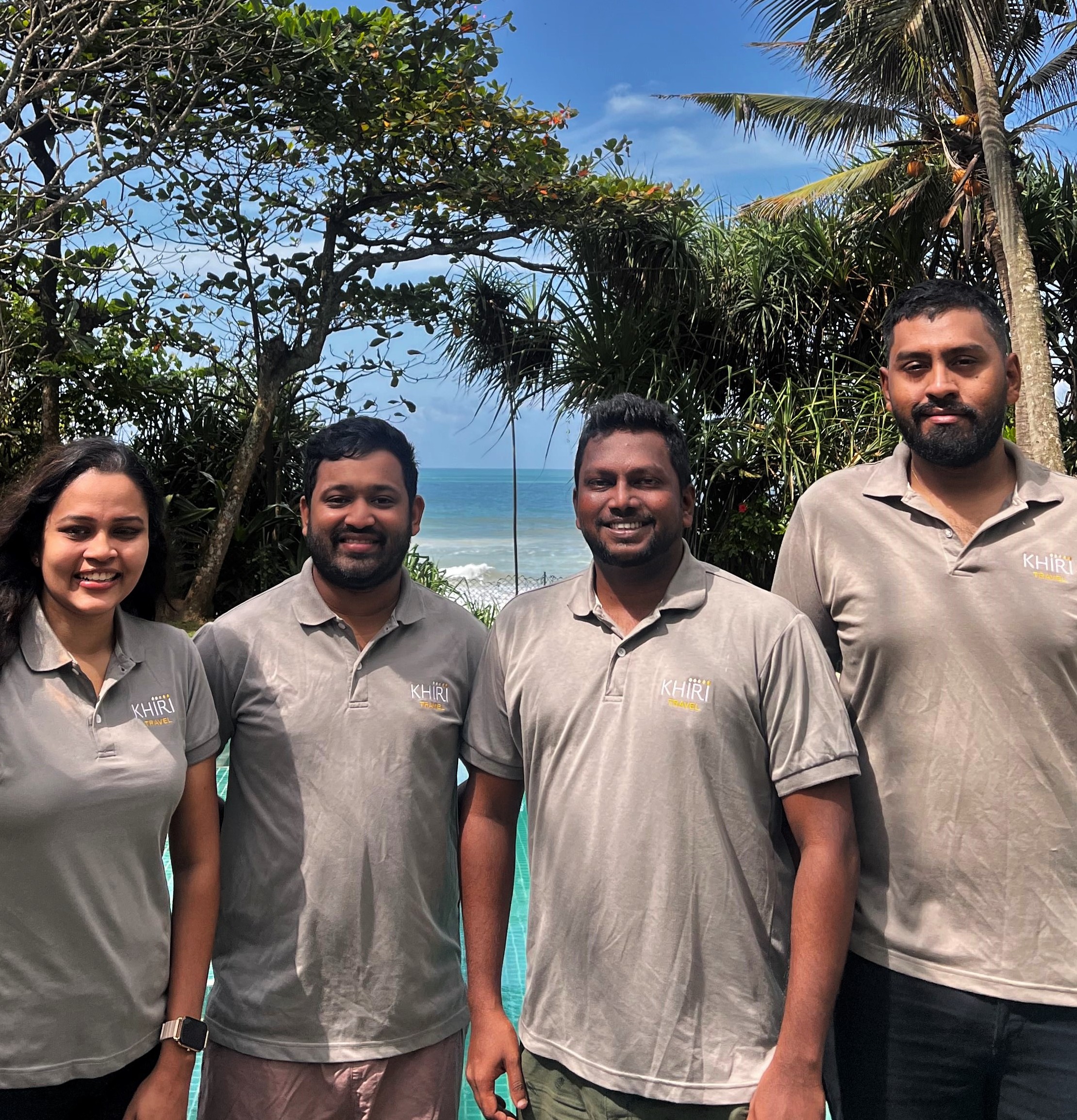At Khiri Travel Sri Lanka, a sustainable Sri Lanka DMC, we believe that traveling is different from touring and it’s not just about ticking the boxes of places you want to visit. Our in-depth knowledge and expertise will guide you to dig deeper and unveil the hidden gems this amazing island has to offer. We strongly believe in people over places and memories over selfies. From meeting a famous photographer in Colombo to exploring the Cultural Triangle with an archaeologist; from a meal at a classy restaurant in Colombo with an interesting personality to a traditional meal with a local family in Kandy; from exploring the back roads of busy Colombo on a tuk-tuk to peddling around the less-traveled streets of Jaffna in the far North, we take pride in creating experiences and moments for travelers to cherish with diverse interests.
Our Sri Lankan team consists of a happy bunch of travel addicts who would always try to find an excuse to venture out of the city for the weekend, meaning that we have the inspiration and the edge when it comes to providing first-hand knowledge and the best recommendations to our clients. Based on the three pillars – product, service and delivery – we will not settle for less than excellent. The strong relationship we have with our business partners and the positive feedback and messages of appreciation that we receive from our guests, is what gives us that spark to go the extra mile and provide our guests with unforgettable experiences that they can take home and cherish! After all, we are our country’s ambassadors and it’s therefore our duty to deliver with an unfaltering smile and unwavering determination!
















